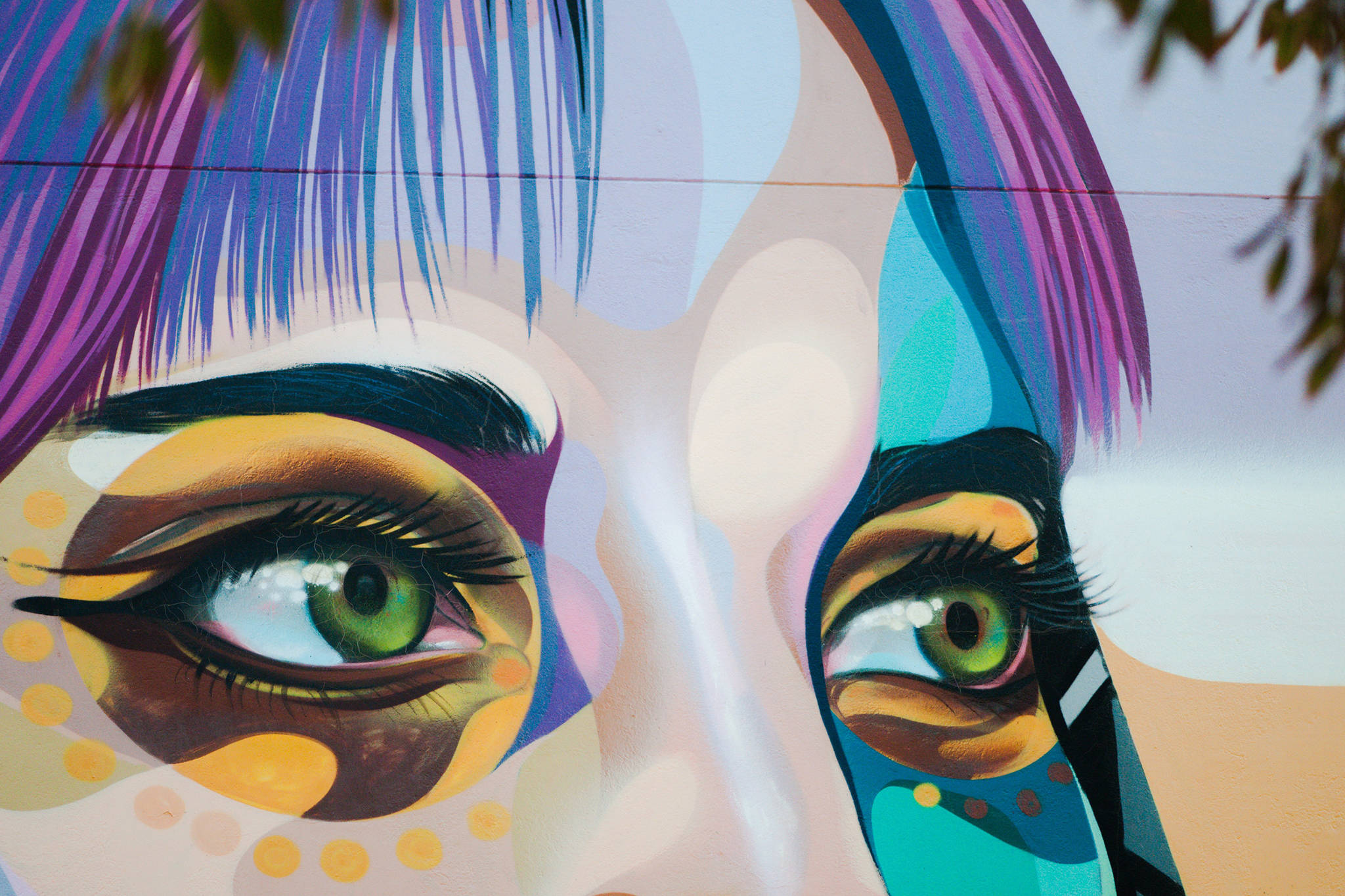There is, obviously, an increasing awareness that out of control commercialism is threatening life on our planet. Less obvious is the damage that commercialism has done to the arts. When I sound the alarm that art has been pushed out of daily life and the marketplace, I draw a blank — not always, but often.
When I try to say it matters that art and artists are less visible, or invisible, many people do not care. What does it matter if real artists cannot make a living, starve, cannot produce the work of quality that comes from long practice and support?
Countless artists, writers and thinkers have bemoaned the degradation of art. Here is Matthew Fox in Original Blessing: “The loss of cosmos in religion has been hastened by the loss of those who birth cosmos, namely the artists in our midst. With this loss, neurosis has increased in society.”
Matthew Fox writes elsewhere in this creative book, “If we considered artists as workers, we would put 15% of the population to work today making our lives more erotic for us by music, by clowning, by storytelling, by tumbling and juggling in our midst.”
When I taught art in the alternative high school here in Juneau, I found that a high percentage of the troubled students were artistic. Their gifts are not valued. But society needs people who are right-brained and creative.
Commercialism is a serious problem in all the arts, but it is worse in visual art. Consider just two careers that have sustained artists and now have been taken from them, sign painting and graphic design. I did both of them and cannot imagine having survived without them. Most computer technicians are not artists. The ads they produce are annoying and unlovely, just one example of the consequences of non-artists doing artistic work.
It appears to be easy to pretend to be a visual artist. In New York and other big-time art centers, there is a shocking lack of quality in much of the art. The art is commercial, gimmicky, and will never stand the test of time. Real artists have been banished from the cities to the outskirts because they can’t pay the rent, so thriving bohemian centers (like potentially Juneau!) are few and far between.
The real artist is spiritual. Real artists know their gifts come from God and relay through their art some kind of message, even if only love of the beauty of nature. Love of the beauty of nature and humanity is what we need to save our planet. People talk about this, but no one can express it better than an artist. To save our planet, we need our artists.
I am going to quote from Don McLean’s immortal song about Van Gogh: “Now I understand What you tried to say to me And how you suffered for your sanity And how you tried to set them free They would not listen, they did not know how Perhaps they will listen now.”
I am going to quote from an art manifesto I wrote in 1980: “The arts are the international language of the spirit. … If the governments of the world do not listen to the prophetic voice of the artist, the earth as we know it is doomed. … The artist is sensitive to the voice of nature. We hear her loud and clear. She is in torment. She is angry. … We intend to alert the world to the cry of nature.”
Common wisdom throughout the ages says that artists have a different vision. The spiritual vision of artists is needed for the good of the community, but it is squelched by commercialism which rewards and promotes non-artists without vision.
The Episcopalian Book of Common Prayer mentions artists: “Be ever present with your servants who seek through art and music to perfect the praises offered by your people on earth; and grant to them ever more glimpses of your beauty …”
Artists since the dawn of civilization have espoused simple, life-sustaining virtues such as beauty and love. Commercialism has worked to silence artists. We are in mortal danger now. We need to wake up.
“Perhaps they will listen now.”
• Page Bridges is a member of Holy Trinity Episcopal Church. “Living Growing” is a weekly column written by different authors and submitted by local clergy and spiritual leaders.

